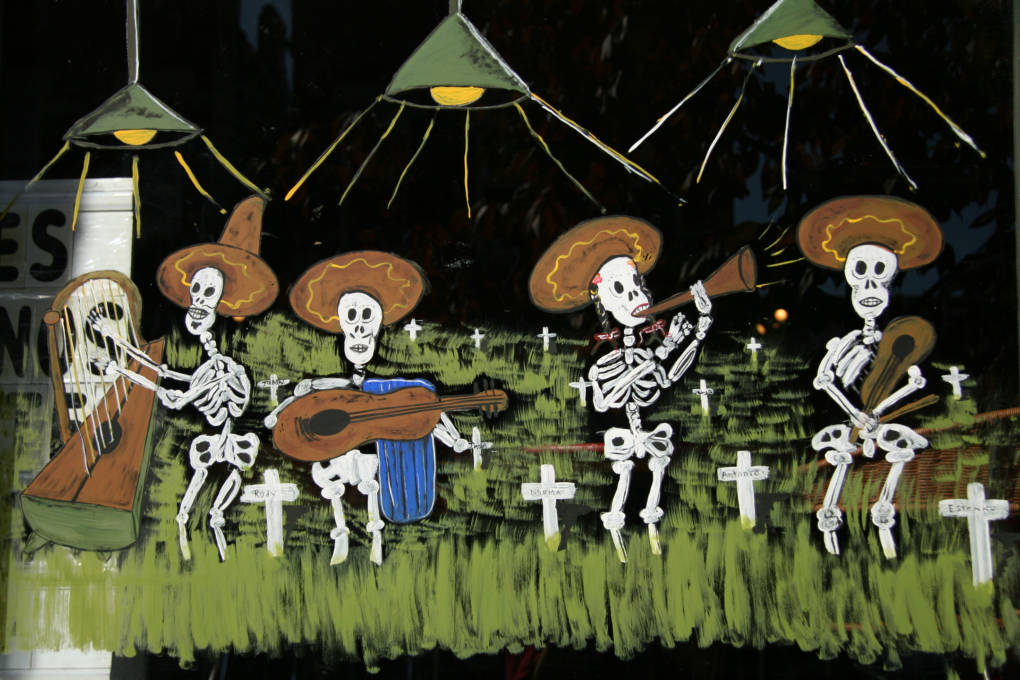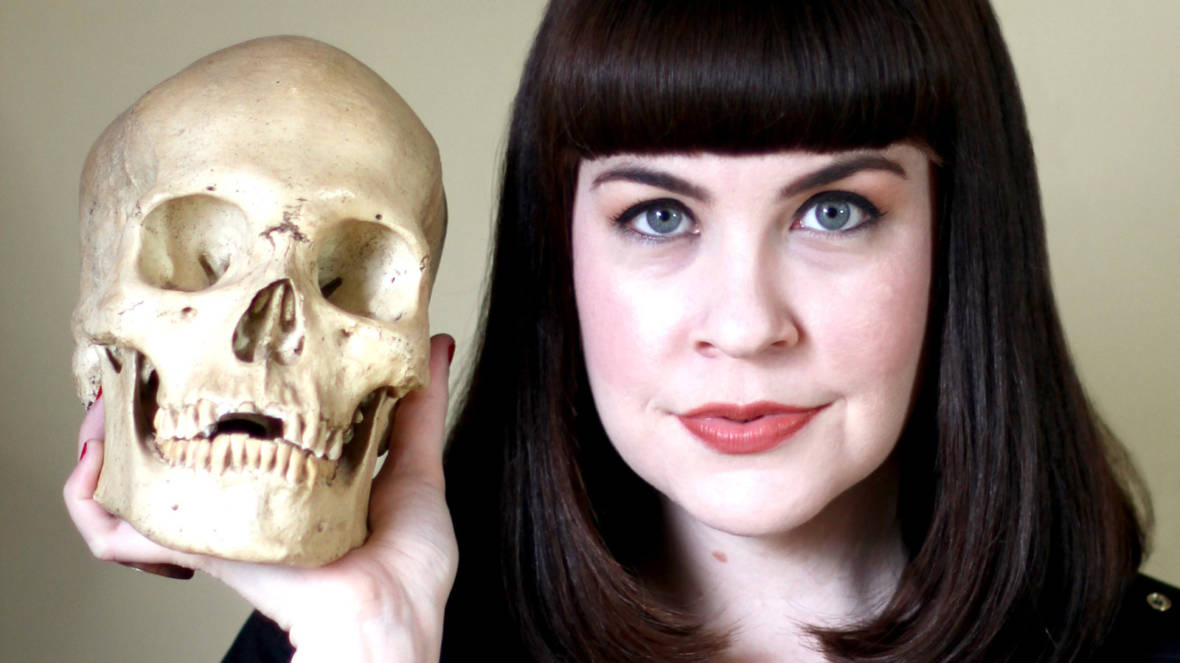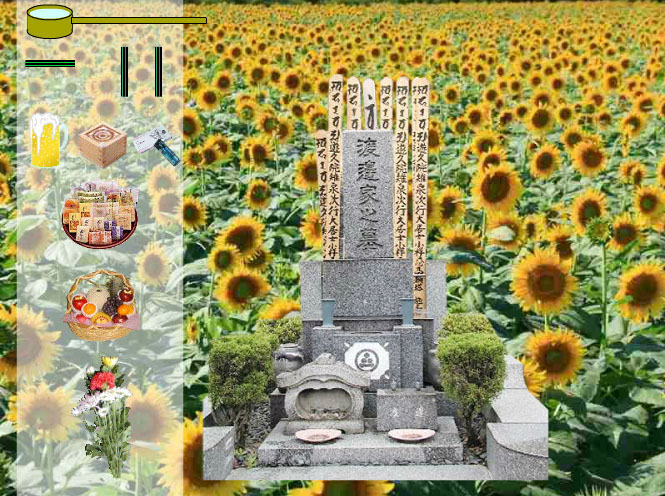I did not set out to read a book on funerary practices. Neither did I foresee staying up to finish just one more chapter of it until one or two in the morning, turning pages, unable to pull myself away. But that’s what happened with Caitlin Doughty’s From Here to Eternity, a world-trotting exploration of funerary rites. It’s not that I’m particularly squeamish…
Okay, maybe I’m a little squeamish.
But this slim volume, full of captivating, enlightening, and humorous tidbits, is a—dare I say—uplifting exploration of what people the world over do to withstand loss and the bite of impermanence. This is death as viewed by a mortician: profound, unavoidable, natural, and a bit funny.
 “The first few months after I opened my funeral home,” Doughty writes in the introduction to this book, “a ringing phone qualified as a thrilling event[.] ‘What if… what if someone died?’ I’d gasp. (Well yes, dear, it’s a funeral home—that would be the point.)”
“The first few months after I opened my funeral home,” Doughty writes in the introduction to this book, “a ringing phone qualified as a thrilling event[.] ‘What if… what if someone died?’ I’d gasp. (Well yes, dear, it’s a funeral home—that would be the point.)”
Caitlin Doughty once worked in the Bay Area as a crematory technician, but she opened her own funeral home in L.A. to fill a gap in what she saw was an overly corporate environment to deal with something as momentous as death. There are politics, it turns out, when it comes to corpses. Doughty writes:
When deathcare became an industry in the early twentieth century, there was a seismic shift in who was responsible for the dead. Caring for the corpse went from visceral, primeval work performed by women to a “profession,” an “art,” and even a “science,” performed by well-paid men. The corpse with all its physical and emotional messiness, was taken from women. It was made neat and clean, and placed in its casket on a pedestal, always just out of our grasp.
Whether at home or overseas, Doughty is a deliberate and studied observer. She’s the judicious tour leader of a world you did not know you would be so interested to find out about. There are sky burials, burials by fire, natural burials, mummifications, and mourners who engage in complex daylong, weeklong, and even intergenerational-long rituals to process and understand death. Doughty’s infectious curiosity and celebration of funerary customs become your own; pretty soon, you too, might take issue with the lack of options and freedom to grieve in the United States. “In our Western culture,” Doughty asks, “where are we held in our grief?”

In comparison to the pyres of India (Death you think you have defeated us, but we sing the song of burning firewood, one traditional song goes), or the altars of Mexico (decorated with marigolds, candles, confetti, and offering foodstuffs for the visiting spirits), the rather clinical, fluorescent, and disinfected tradition in the U.S. leaves much to desire.



